|
|
|
|
Simply denoise: wavefield reconstruction via jittered undersampling |
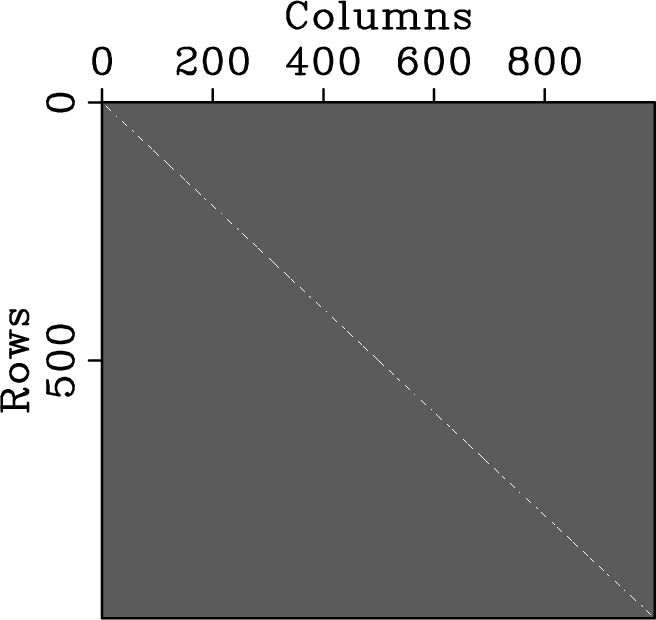
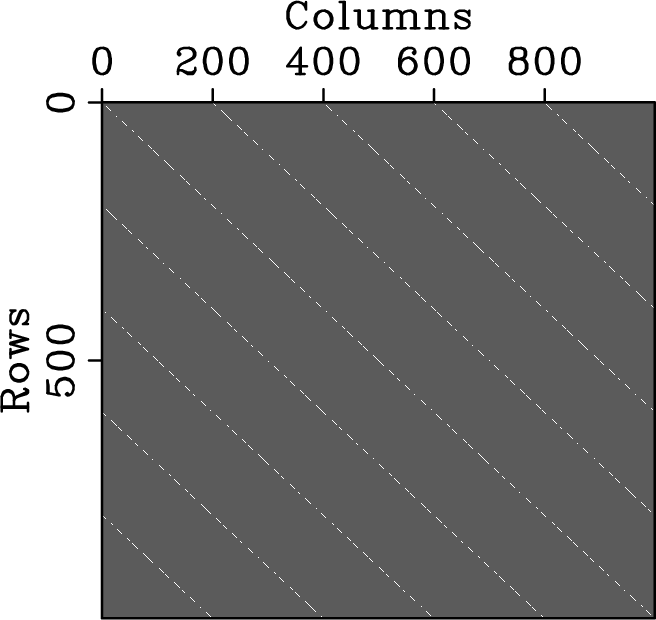
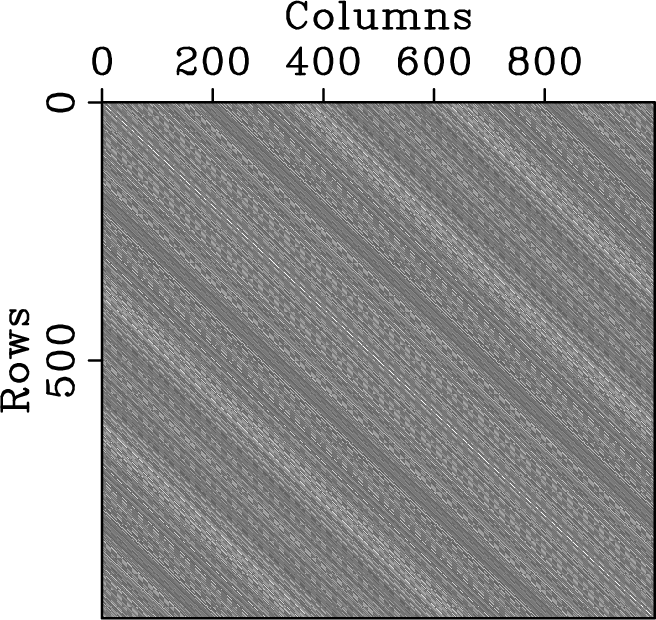

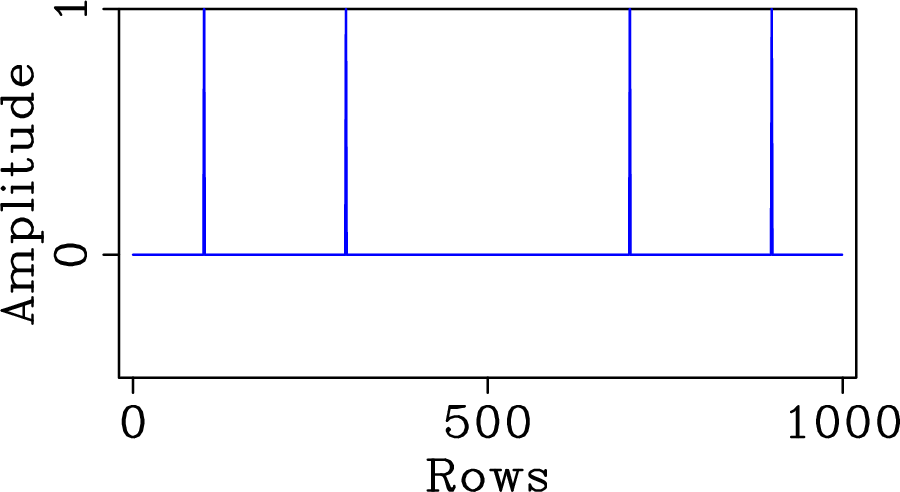
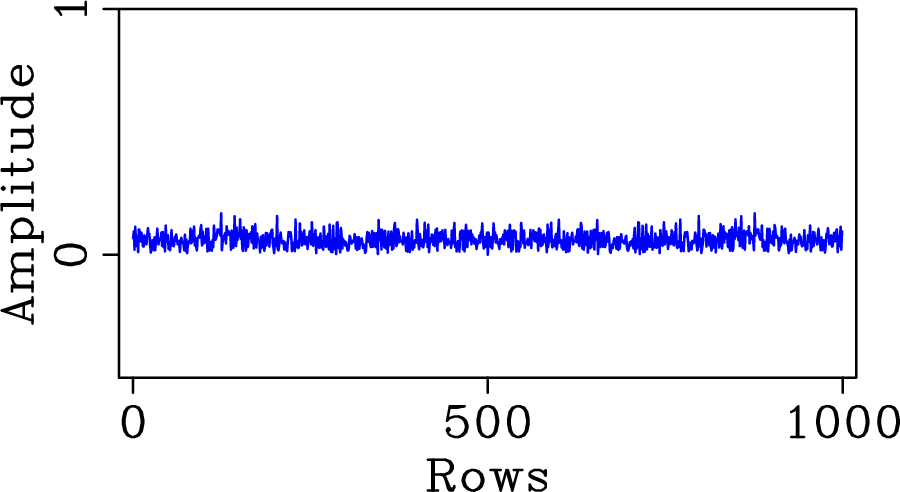
|
|---|
|
mspl,musplREG,musplIRREG,colmspl,colmusplREG,colmusplIRREG
Figure 2. Convolution matrix (in amplitude) for (a) regular sampling above Nyquist rate, (b) regular five-fold undersampling, and (c) random five-fold undersampling according to a discrete uniform distribution. The respective convolution kernels (in amplitude) that generate spectral leakage are plotted in (d), (e) and (f). Despite the same undersampling factor, regular and random undersamplings produce very different spectral leakage. |
|
|
|
|
|
|
Simply denoise: wavefield reconstruction via jittered undersampling |